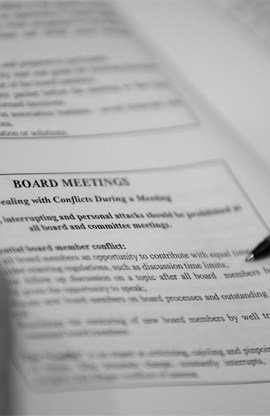Effective communication is a cornerstone of any successful community association. In order to effectively communicate requires HOA boards to not only deliver clear, transparent and thoughtful messages to the membership, but also to seek and listen to input from the membership to the board. In the digital age, the form, manner and style of communication can be just as important as the content. With that in mind, many boards are moving towards customized communications.
Younger residents typically prefer to receive information digitally and on-demand. Therefore, as the demographics of community associations shift from the baby boomers to the millennials, it will be important for HOA boards to tailor communications accordingly. The most common steps being taken by HOA boards to address this shift in communication style are:
• Communicating via email and text;
• Adopting online voting;
• Establishing an online social media presence; and
• Creating and maintaining community websites, mobile apps and resident portals
Some of the biggest technological advances are being seen in online resident portals, which allow residents to access information related to their account (e.g. view account balances, make payments, etc.); access information and documents related to the association (e.g. governing documents, reserve studies, meeting minutes, etc.); and, communicate with the board and/or management company.
While traditional forms of communication will remain important and relevant, HOA boards cannot afford to ignore the ongoing shift towards digital communications in the future.

